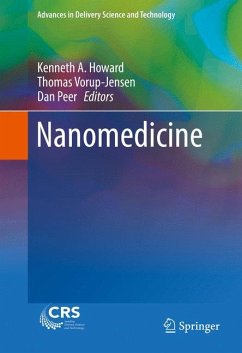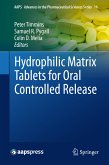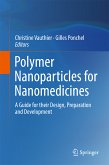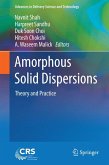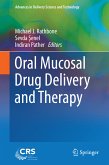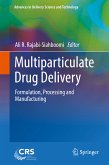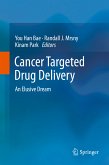This book is set to meet medical challenges such as early and effective diagnosis, high throughput drug discovery and targeted delivery, as well as modalities for organ and tissue replacement to better enable personalized medicines. This unique title aims to capture the broad nature of the field whilst maintaining focus on the key elements that establishes it as a bona fide field, making it highly attractive to both researchers and students by providing an excellent guide and learning tool for those requiring an introduction to the subject. Contributions from prominent scientists in the field of immunology, molecular biology, and delivery and material science provide "snapshots" of this interdisciplinary field assembled in a single volume. Nanomedicine is a valuable text for those working or wanting an education into this high-impact field.
Dieser Download kann aus rechtlichen Gründen nur mit Rechnungsadresse in A, B, BG, CY, CZ, D, DK, EW, E, FIN, F, GR, HR, H, IRL, I, LT, L, LR, M, NL, PL, P, R, S, SLO, SK ausgeliefert werden.
"This engrossing book is devoted to nanomedicine, one of the fastest-growing and revolutionary branches of healthcare. ... The book Nanomedicine provides a well-done and up-to-date review of hot topics in the field of nanomedicine and gives insight to this exciting interdisciplinary subject." (Alena Gabelova, Neoplasma, Vol. 64 (2), 2017)
Es gelten unsere Allgemeinen Geschäftsbedingungen: www.buecher.de/agb
Impressum
www.buecher.de ist ein Internetauftritt der buecher.de internetstores GmbH
Geschäftsführung: Monica Sawhney | Roland Kölbl | Günter Hilger
Sitz der Gesellschaft: Batheyer Straße 115 - 117, 58099 Hagen
Postanschrift: Bürgermeister-Wegele-Str. 12, 86167 Augsburg
Amtsgericht Hagen HRB 13257
Steuernummer: 321/5800/1497
USt-IdNr: DE450055826
Bitte wählen Sie Ihr Anliegen aus.
Rechnungen
Retourenschein anfordern
Bestellstatus
Storno

